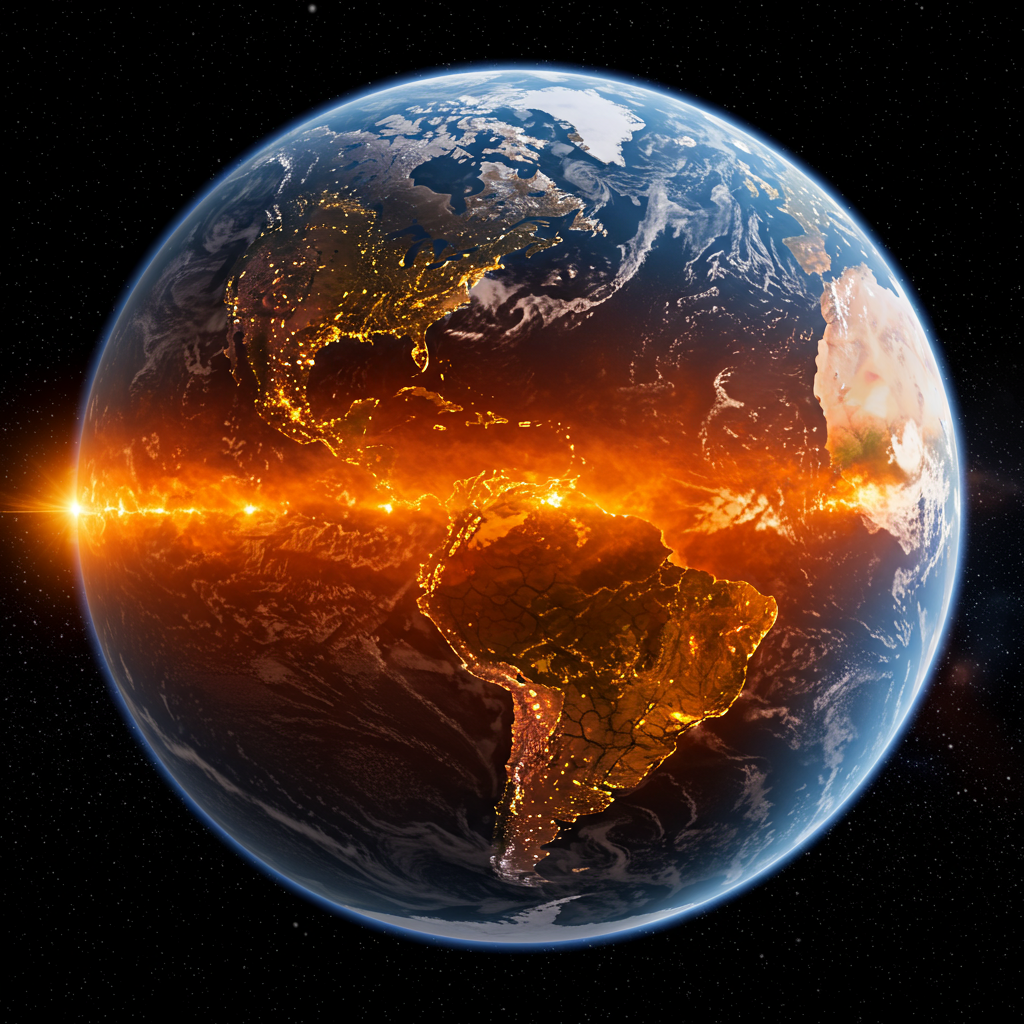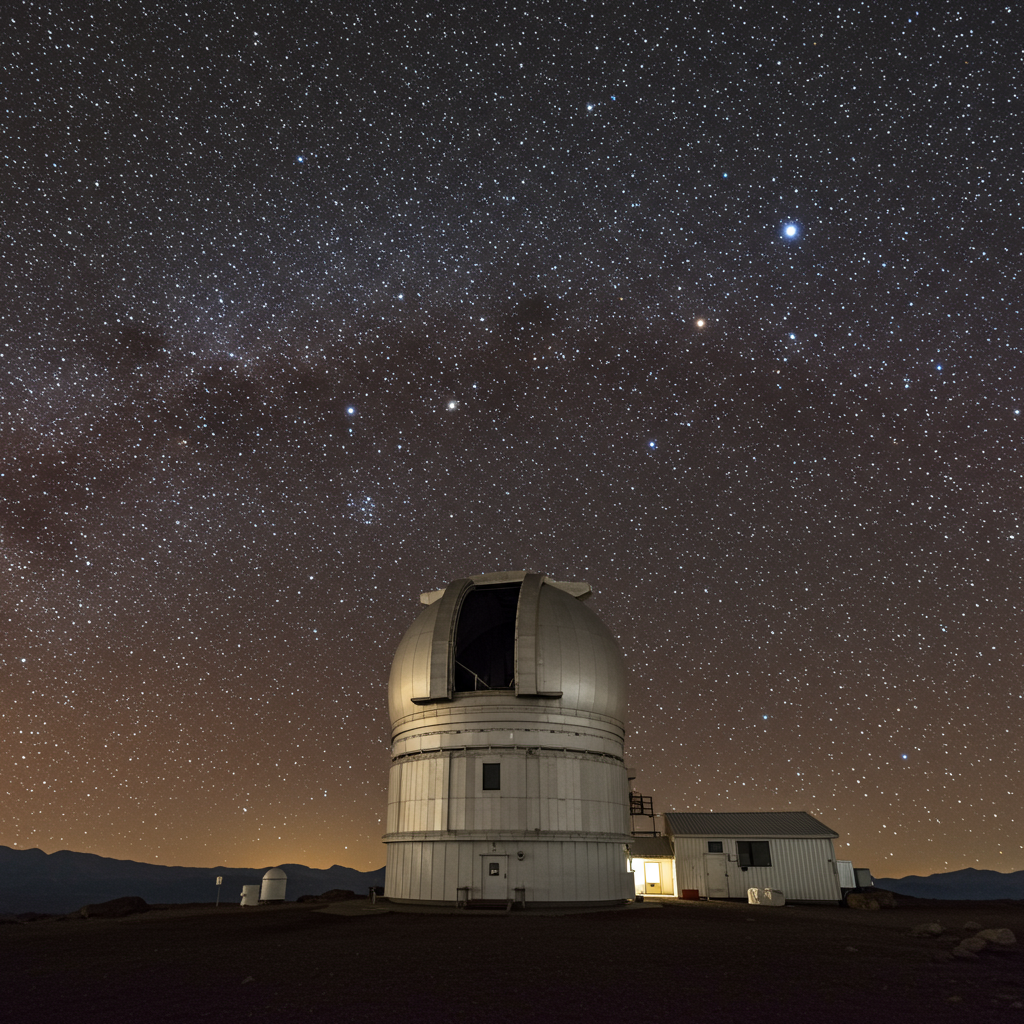It seems counterintuitive: Earth reaches its farthest point from the sun, a moment called aphelion, right around the peak of summer in the Northern hemisphere. Heatwaves build, temperatures soar, yet our planet is millions of miles further away from the star that provides all our warmth. How can this possibly be? The answer lies not in our distance from the sun, but in the fundamental tilt of our planet’s axis. Understanding this cosmic angle is key to unlocking the mystery of Earth’s seasons and those scorching summer days.
Understanding Earth’s Journey Around the Sun
Earth doesn’t orbit the sun in a perfect circle. Its path is slightly elliptical, resembling an oval or an egg shape. This means there are two distinct points in our annual journey:
Perihelion: Earth’s Closest Approach
This occurs around January 3rd or 4th each year. At perihelion, Earth is closest to the sun. In 2025, Earth was about 91.5 million miles (147 million kilometers) away on January 4th.
Aphelion: Earth’s Farthest Point
This happens around July 3rd, 4th, or 5th annually. At aphelion, Earth is farthest from the sun. On July 3rd, 2025, Earth will be approximately 94.5 million miles (152 million kilometers) distant. This difference is about 3 million miles or roughly 3%.
The Slight Impact of Distance
Does this distance variation affect how much heat we receive? Yes, but the effect is surprisingly small. At perihelion, Earth receives slightly more solar radiation. At aphelion, the sun appears marginally smaller in the sky (about 1/60th of a degree or 3% smaller in diameter) and we receive slightly less energy. However, this change is insignificant compared to the real driver of seasons.
Earth’s Tilt: The True Master of Seasons
Forget the distance from the sun; the true orchestrator of Earth’s seasons is its axial tilt. Our planet spins on an axis that is tilted approximately 23.4 to 23.5 degrees relative to its orbital plane around the sun. This tilt remains pointed in the same direction in space as Earth travels along its elliptical path.
How Tilt Creates Summer and Winter
This constant tilt has a dramatic effect. As Earth orbits, different hemispheres are angled towards or away from the sun at different times of the year.
Around June and July, the Northern Hemisphere is tilted towards the sun. This orientation provides two key advantages for warming:
- Direct Sunlight: Sunlight strikes the Northern Hemisphere at a more direct, higher angle. These vertical rays concentrate solar energy over a smaller area, leading to more intense heating.
- Longer Days: The hemisphere tilted towards the sun experiences significantly longer periods of daylight. More hours of sunlight mean more time for the ground and atmosphere to absorb heat.
Conversely, around December and January, the Northern Hemisphere is tilted away from the sun. Sunlight arrives at a lower, less direct angle, spreading energy over a larger area. Days are much shorter, providing less time for warming. This combination results in winter. The Southern Hemisphere, of course, experiences the opposite seasons.
The Tilt’s Overpowering Influence
The effect of this tilt on the intensity and duration of sunlight is far more significant than the slight variation in distance between aphelion and perihelion. The Northern Hemisphere receives nearly twice as much solar energy in summer compared to winter primarily due to the difference in daylight hours and the angle of the sun’s rays.
Why Heatwaves Coincide with Farthest Distance
So, here’s the core explanation for the aphelion heatwave paradox. Summer heat, including intense heatwaves, happens in the Northern Hemisphere when it is tilted towards the sun. This alignment occurs around June and July, which coincidentally is when Earth reaches its farthest orbital point (aphelion).
Heat Domes and Atmospheric Lag
Current heatwaves, like those sometimes seen in the Midwest or other Northern Hemisphere regions around June and July, are meteorological events layered on top of this seasonal warming. These events can be caused by atmospheric patterns like heat domes, where a ridge of high pressure traps hot air over a region. This trapped air warms further, leading to extreme, potentially record-breaking temperatures over several days.
Furthermore, there’s a natural atmospheric lag in heating. The hottest part of the year doesn’t typically occur precisely on the summer solstice (the longest day) or Aphelion Day. It usually happens several weeks later, in late July or August. This is because it takes time for the atmosphere and ground to fully absorb and reradiate the increased solar energy received during the peak sunlight period. Oceans take even longer to warm, which is why hurricane season peaks later in the year.
Does Aphelion Affect Anything At All?
While aphelion doesn’t cause summer heat, it does have a minor influence on our orbit and seasons. According to Kepler’s laws of planetary motion, planets move faster when they are closer to the sun (at perihelion) and slower when they are farther away (at aphelion).
Because the Northern Hemisphere summer occurs when Earth is moving slower at aphelion, summer in the Northern Hemisphere lasts slightly longer than summer in the Southern Hemisphere. This difference is typically about four days. The exact dates of aphelion and perihelion, and the precise duration of seasons, shift slightly each year due to the gravitational pull of other planets, like Jupiter, and the moon.
Frequently Asked Questions
Why is it hot in summer during Aphelion Day?
It’s hot in summer because Earth’s Northern Hemisphere is tilted towards the sun at this time. This tilt causes sunlight to hit the region more directly and provides significantly longer hours of daylight. These factors are far more powerful drivers of temperature than the small difference in Earth’s distance from the sun at aphelion. Aphelion simply happens to coincide with the period when the Northern Hemisphere is tilted towards the sun.
What is Earth’s axial tilt and how does it create seasons?
Earth’s axial tilt is the angle, about 23.5 degrees, between its rotational axis and its orbital plane around the sun. As Earth orbits, this tilt causes different hemispheres to receive varying amounts of direct sunlight throughout the year. When a hemisphere is tilted towards the sun, it gets more direct light and longer days, resulting in summer. When tilted away, it receives less direct light and has shorter days, causing winter.
Does being farther from the sun at aphelion make summer longer?
Yes, indirectly. Because Earth moves slightly slower in its orbit when it’s farthest from the sun at aphelion, the period of time spent in the part of the orbit corresponding to Northern Hemisphere summer is slightly extended. This makes summer in the Northern Hemisphere about four days longer than summer in the Southern Hemisphere, which occurs when Earth is moving faster near perihelion.
The Paradox Resolved
The apparent paradox of heatwaves during Aphelion Day is resolved by understanding the fundamental science of Earth’s orbit. While our distance from the sun varies slightly throughout the year, it is the constant tilt of Earth’s axis that dictates how much direct sunlight each hemisphere receives, thereby creating our distinct seasons and the intense heat of summer. So, next time you feel the heat in July, remember it’s not because we’re close to the sun; it’s because our home planet is beautifully tilted just right.




